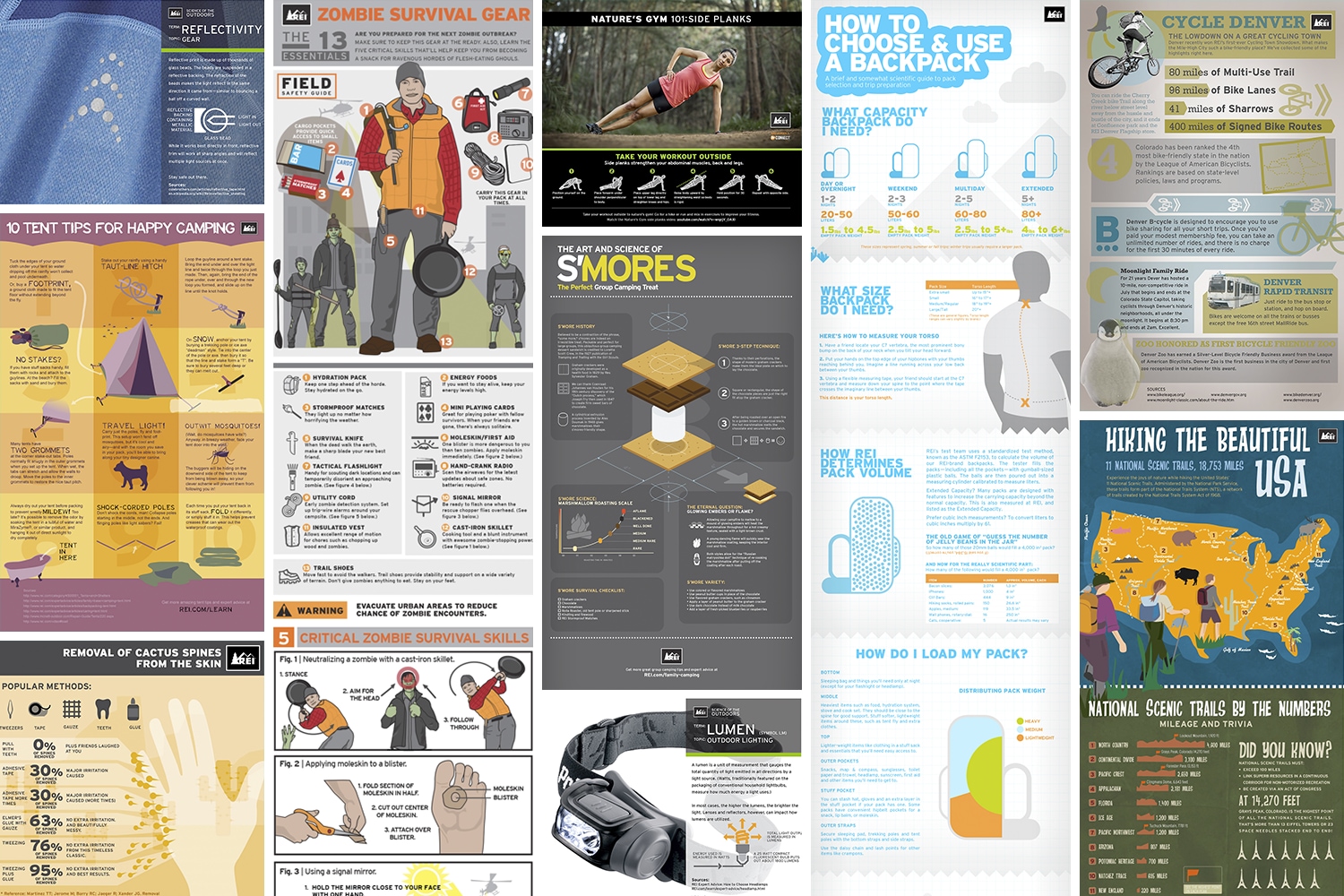Rain flies are an essential device for wall surface tents. They enhance the capacity of a camping tent to protect campers from severe weather conditions while providing added convenience and durability.
Routine cleansing of a rainfall fly keeps mud, mildew, and particles from damaging it. Also, making sure the correct tension of a rainfly avoids it from drooping and permitting water to accumulate underneath.
Weather Resistant Materials
The material used in building tasks can influence the long life and resilience of the job. Selecting weather-resistant materials helps reduce maintenance prices and conserves sources for future fixing and replacement.
Timber may not be the first product that comes to mind when reviewing climate resistance, yet it is very long lasting when appropriately treated with preservatives. Cedar, redwood, and teak are examples of naturally rot-resistant timbers made use of to make a selection of exterior furnishings and frameworks.
High-performance canvas wall camping tents are designed to stand up to dampness and maintain campers comfy. It is very important to tidy canvas and camping tents frequently to eliminate dirt, mud, and dirt. It is additionally vital to rinse off any type of residue from the canvas outdoor tents before saving it away for use. Prevent making use of bleach, as it damages the water-resistance treatment and makes the camping tent more prone to leakage. Conversely, a soft brush and a hose pipe can be used to completely scrub the canvas outdoor tents and wash it off with water up until it is totally saturated.
UV Direct exposure
Unless an outdoor tents is made from UV-resistant textile, extended exposure to sunlight will certainly cause it to degrade. This holds true of all textiles, but it's particularly obvious for camping tents and canvas frameworks due to how much they're made use of in exterior setups. UV radiation can trigger dyes to break down, resulting in a loss of shade vibrancy.
A rainfly secures wall tents from these dangerous UV rays by reflecting them prior to they can permeate the framework and reach your skin. It is necessary to select a rainfly with a UPF score of 50 or higher to obtain optimum UV security.
A rainfly likewise aids regulate the temperature inside a camping tent relying on the season. A lighter rainfly can maintain tents from taking in way too much heat in the summer, while a larger rainfall fly can help avoid warmth from leaving the tent throughout colder months. In either situation, these added layers of insulation can considerably expand an outdoor tents's lifespan.
Dampness Damage
Canvas outdoors tents are rather sturdy and can last 15-30 years with diligent treatment, but even the most high-performance canvas is not impervious to downpours. A rain fly or fly sheet adds a layer of protection for the roofing of your canvas outdoor tents and helps avoid wetness damages.
Condensation, mold and mildew, and mold are not only unpleasant, but they can also destroy the structural honesty of your canvas outdoor tents. Avoiding these issues is simple, however it needs precise treatment and interest to detail.
Make it a habit to evaluate your outdoor tents in the early morning and remove any kind of all-natural condensation, dew, or snow that has built up on the surface. Later, make sure to spread your tent out in an open location and use a soft brush to scrub away any type of mold and mildew and mildew that has formed. As soon as you have cotton canvas gotten rid of the affected areas, re-treat the tent with a mold killer solution and rinse it thoroughly to prevent any type of future invasions.
Dampness Accumulation
While typical, condensation can damage materials if left unchecked. Fortunately, aggressive methods like wiping surface areas and airing out outdoors tents lessen condensation' effect.
Tent fabric, environment problems and use patterns add to condensation levels. Sailcloth, for instance, stands up to water vapor evaporation and tends to present handmade droplets more readily than polyester or nylon options. Understanding this difference informs just how camping tent proprietors manage condensation.
Occupant's breathed out breath and wet apparel and tools spike moisture levels. An absence of ventilation strategies permits wetness to condense when warm indoor air satisfies cooler surface temperature levels. This cycle enhances on humid evenings or when a camping tent is positioned in reduced spots. Evaluating and cleaning camping tent surfaces promptly after cooling urges wetness to disperse prior to damaging materials or forming mold and mildew. Localized air flow, such as directing a follower toward joints, further help the process. Identifying one of the most susceptible locations of a camping tent, like high ridges and corners, aids campers simplify their dampness monitoring regimens.
